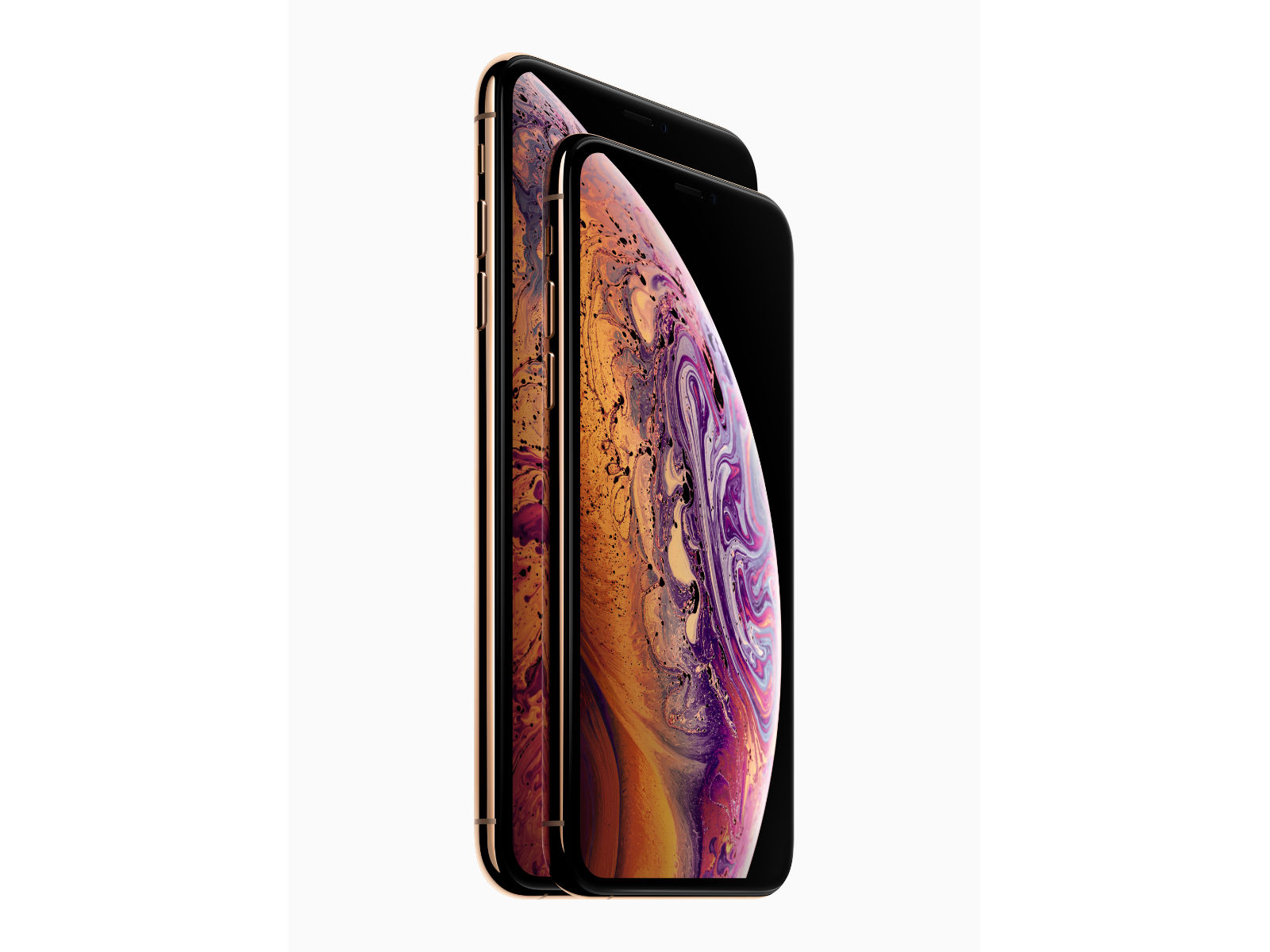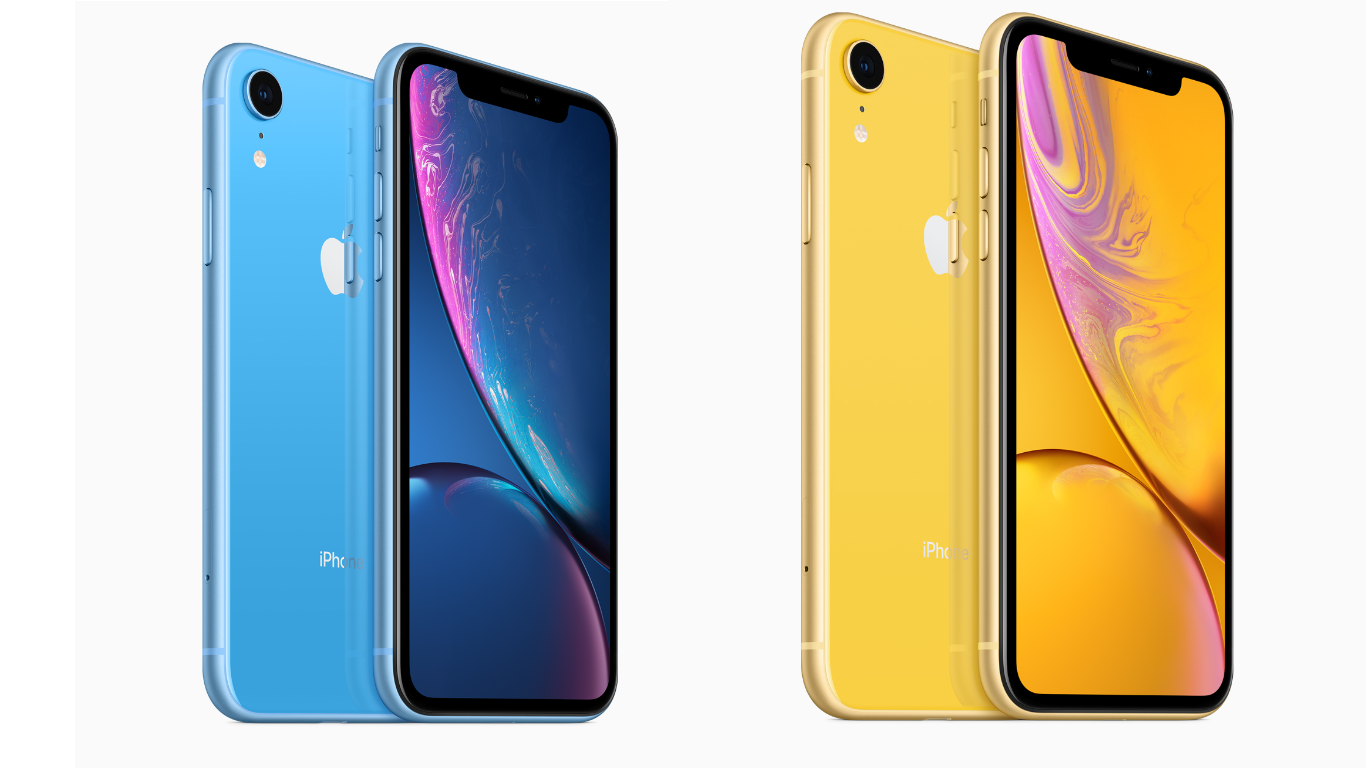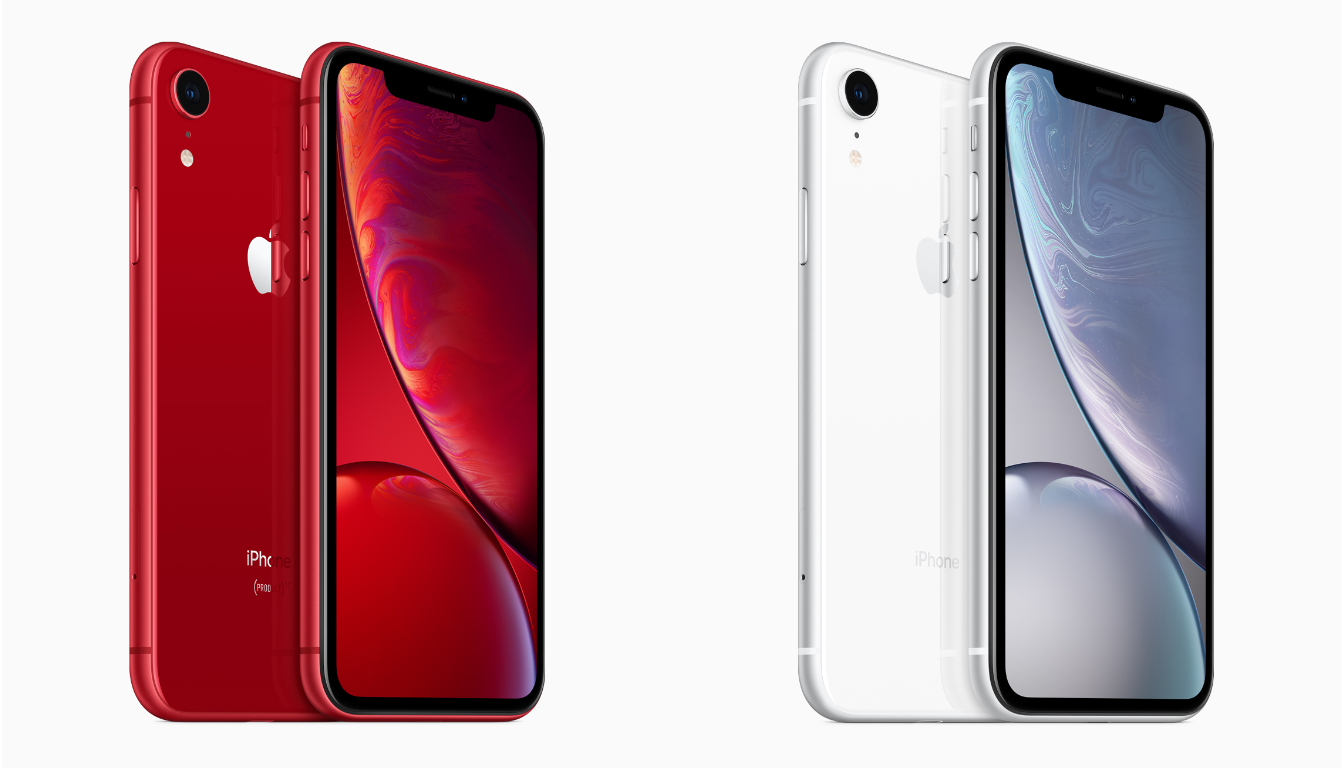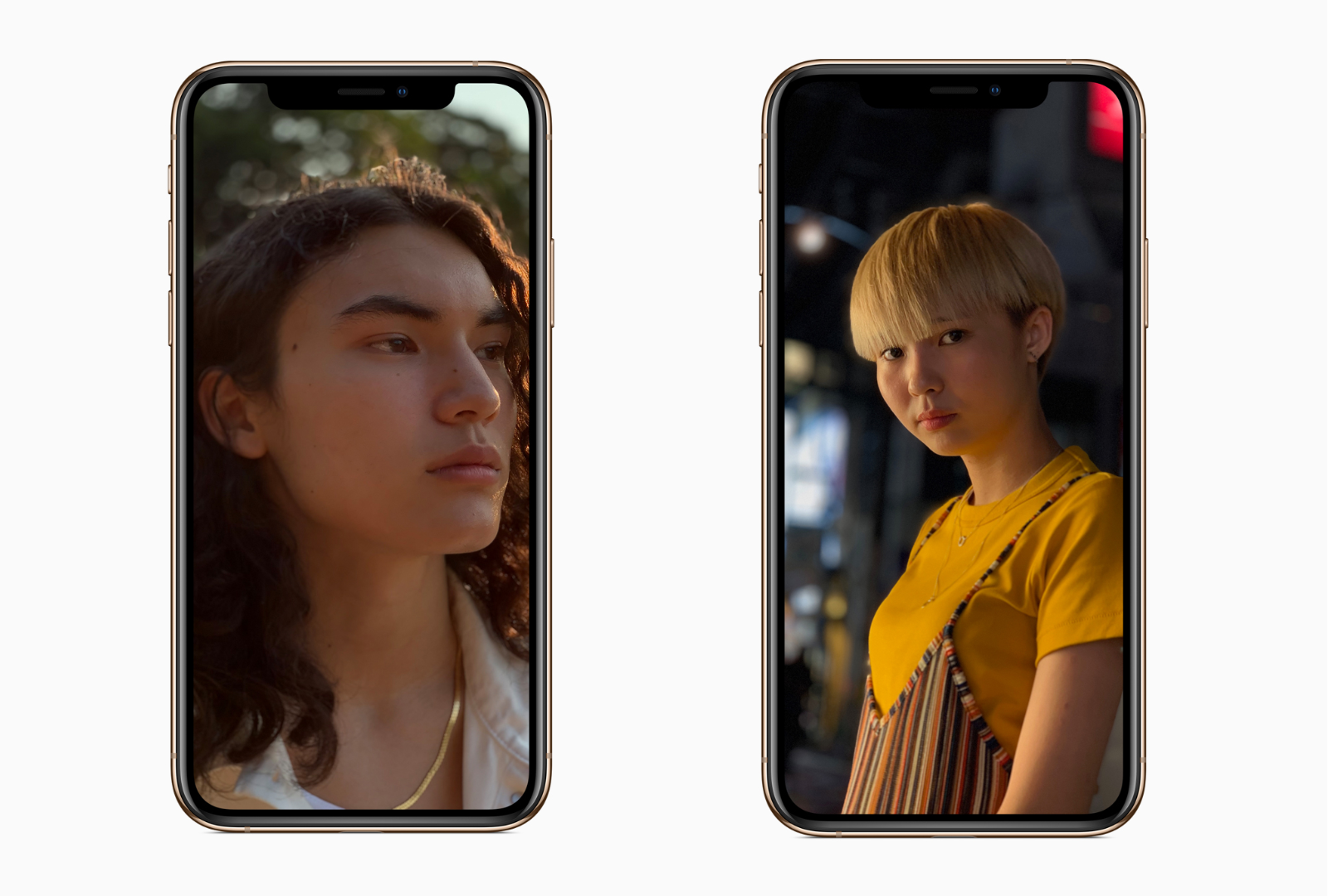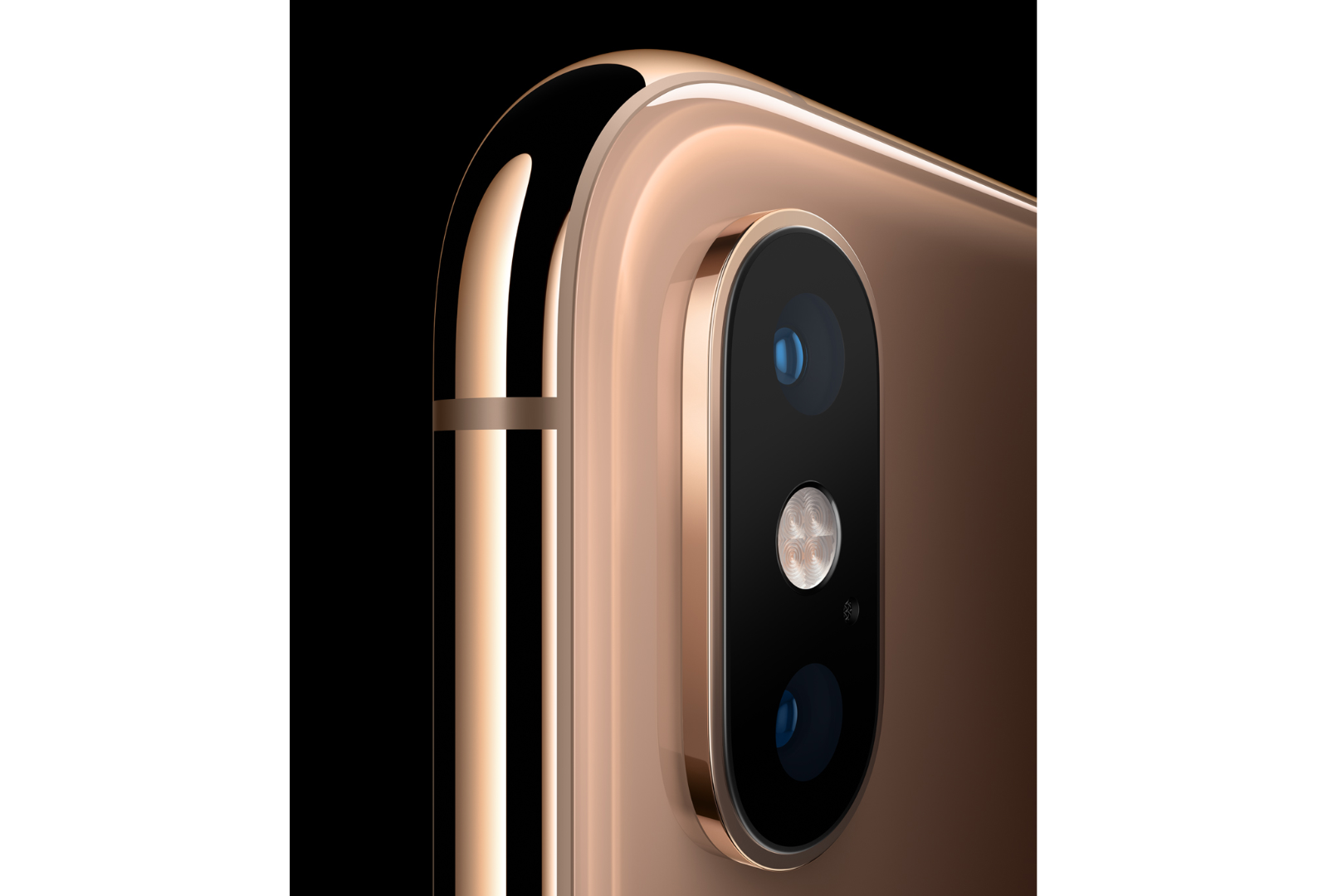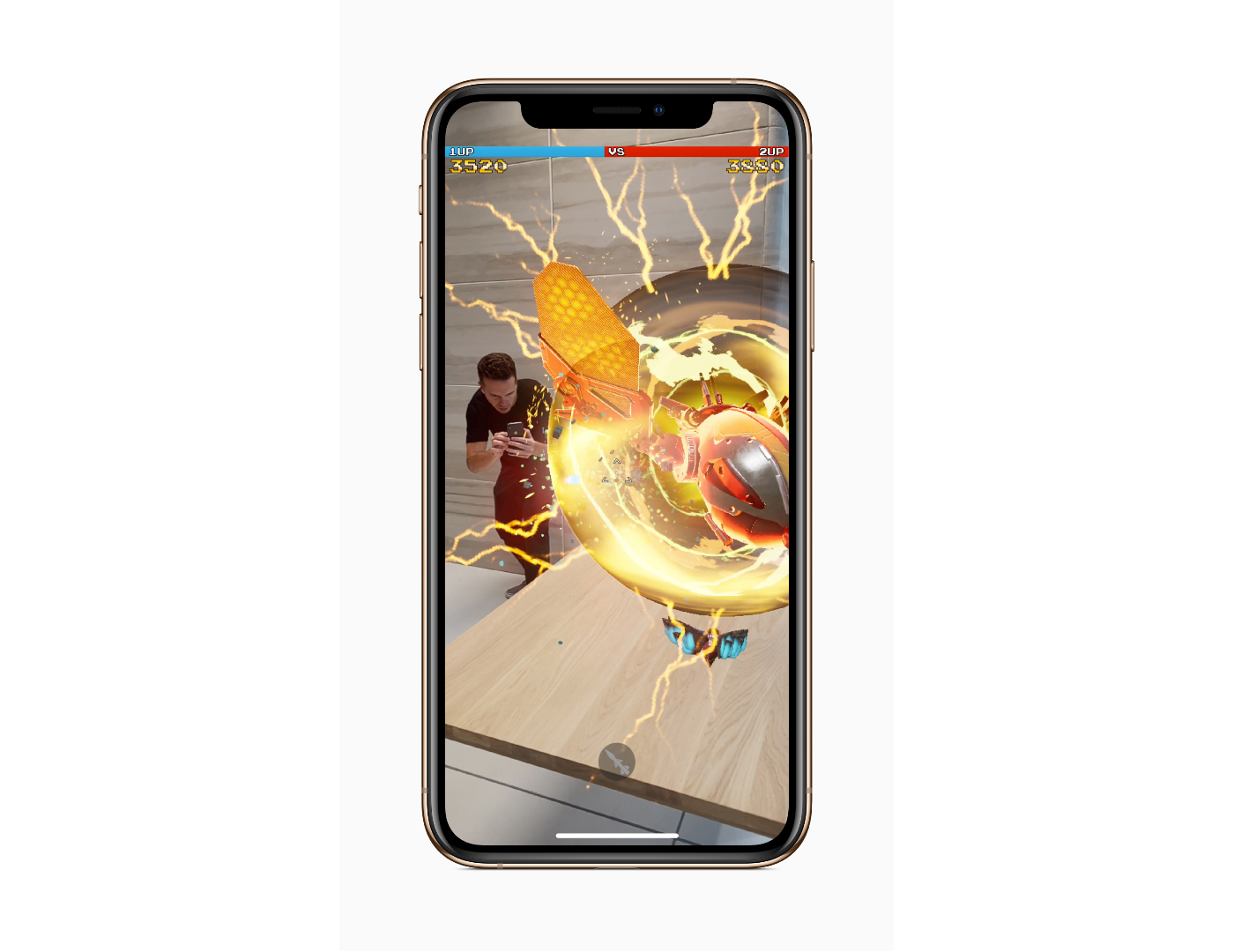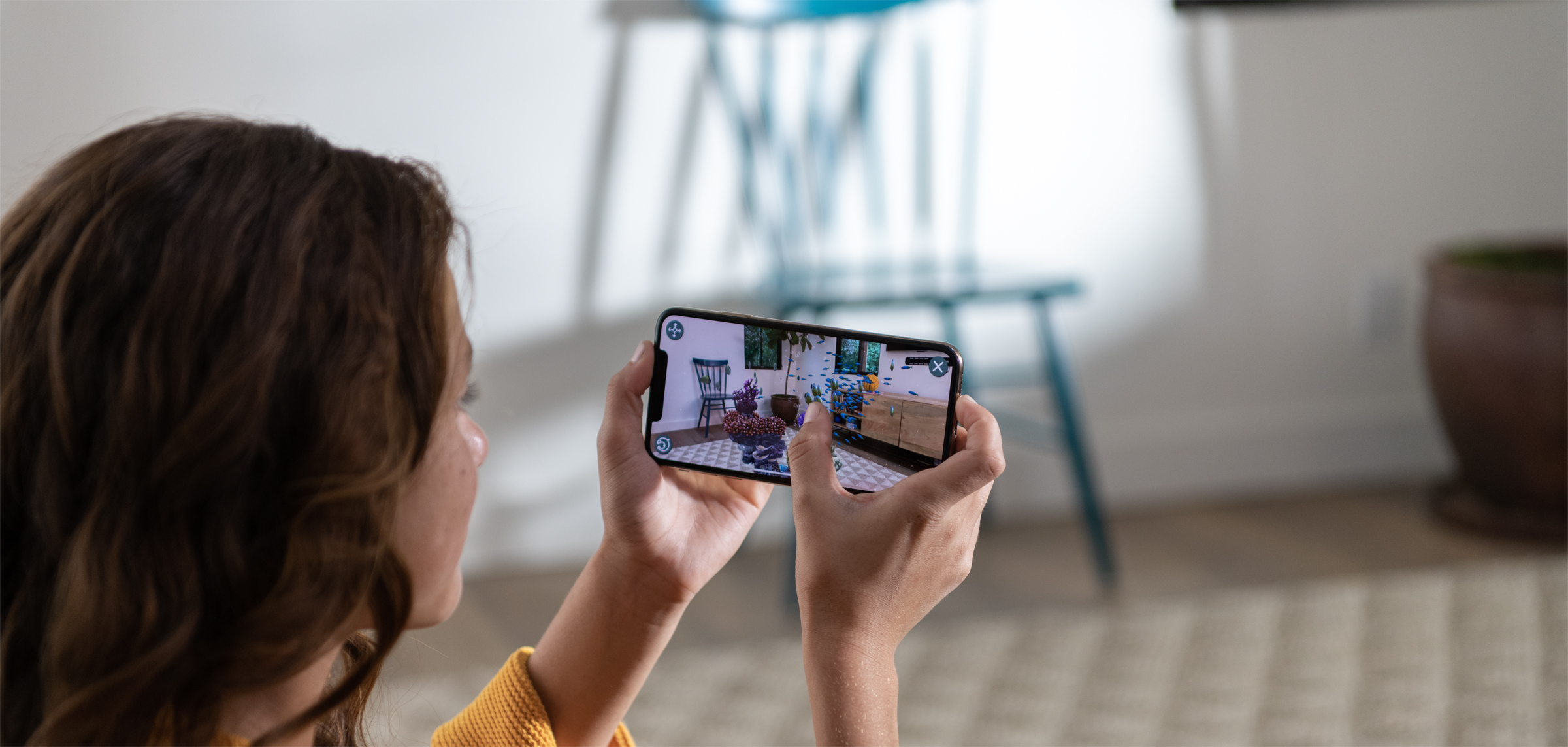Earlier today, Tim Cook took the stage at Apple Park’s Steve Jobs Theater to announce Apple’s fall product lineup. As with past fall keynotes, Apple’s announcements included all-new iPhones. Some of the details of the new iPhone XR, XS, and XS Max leaked earlier this morning, but as usual, there were still surprises.
Design
The iPhone XR marks the completion of Apple’s transition to the new form factor introduced last fall with the iPhone X. The iPhone XR will take some people by surprise. At 6.1 inches diagonally, the new XR has a bigger screen than the XS, but it’s also more affordable than the smaller 5.8-inch device. In contrast, the iPhone XS and XS Max are an evolution of the design of the iPhone X.
The iPhone XR is also differentiated visually from the XS and XS Max by its new color options. The new phone is available in six colors: black, white, red, yellow, coral, and blue. That’s one more color than the iPhone 5c, Apple’s last foray into a large selection of colors. When you account for the four carriers and three storage sizes, that means a whopping 72 variations in the US.
Like the XS, the back of the iPhone XR is glass, but instead of a stainless steel band around the edge of the device, Apple has used aluminum that’s colored to match the back of the device. The XR’s aluminum frame looks good but lacks the shine of the steel used on the XS and XS Max, which sets it apart visually from the more expensive models.
The other design difference between the XR and its new siblings is the camera. As discussed further below, the XR is a single-lens, 12 MP, wide-angle camera, and, like the iPhone 8 it succeeds, it has a flash that’s outside the camera assembly. Instead of being next to the camera’s lens as it was on the iPhone 8 and 8 Plus though, the flash on the XR is just below it.
In contrast, the design of the new iPhone XS is nearly identical to last year’s iPhone X, as is the iPhone XS Max, except for the fact that it is larger. The other visual differentiator between the new models and the iPhone X is the addition of a new color option. The XS and XS Max come in three colors: Space Gray, Silver, and a new Gold model.
Apple has also designed the iPhone XS and XS Max with the greatest water resistance yet. Both devices have an IP68 rating which means they can withstand submersion in water up to 2 meters deep for 30 minutes. The iPhone XR, in contrast, is rated IP67, which means it can withstand up to 1 meter of water for 30 minutes.
Display
Each of the new iPhones represents an advancement in iPhone display technologies. The commonality among the three iPhones though is that they are all built using a stronger glass than ever before, which is welcome if you’ve ever dropped your iPhone.
The iPhone XR features a 6.1” LCD display that comes close to being edge-to-edge, but not quite as close as the iPhone XS and XS Max do. By comparison, the iPhone 8 has a 4.7” display and the iPhone 8 Plus is 5.5”. Screen sizes are measured diagonally, so with the new near-bezel-less display, the size difference between the iPhone 8 and XR isn’t as striking as it would have been with an 8-style display, but it’s still a physically bigger device. At the same time though, the display is bigger than the one in the 8 Plus even though the iPhone XR’s exterior is noticeably smaller.
The XR’s display, which Apple says is the most advanced LCD it’s ever put in an iPhone, has been dubbed a Liquid Retina display. Like the Retina HD displays before it, the Liquid Retina display supports a wide color gamut and Apple’s True Tone technology. Apple didn’t share any technical details during the keynote, but 3D Touch has also been replaced on the iPhone XR in favor of a new technology called Haptic Touch that Apple says provides tactile feedback when users interact with the display.
The iPhone XS includes a 5.8” display, which is the same size as the iPhone X’s display. The XS Max however includes the biggest display ever on an iPhone at 6.5”. Even so, the physical size difference between the XS Max and the iPhone 8 Plus is small thanks to the XS Max’s edge-to-edge screen. Both displays are Super Retina HD OLED displays and support Apple’s True Tone technology, wide color gamut, and HDR, but not the ProMotion technology found in the iPad Pro.
The iPhone XR’s new display features a 1792×828 resolution that stretches into the rounded corners of the device and a pixel density of 326 pixels per inch. The iPhone XS’s display features 2.7 million pixels and a pixel density of 458 ppi. The larger iPhone XS Max has 3.3 million pixels and a pixel density of 458 ppi.
The XS Max can also display two panes of a single app at once, like an iPhone 8 Plus. Not that many apps support the feature, but it allows you to, for example, see a list of messages as well as the content of the selected message in Apple’s Mail app.
Cameras
As has become tradition, Apple continues to push its camera technologies forward across all devices each year. The rear-facing camera of all three new iPhone models features a 12MP wide-angle f/1.8 lens. The iPhone XS and XS Max’s rear-facing cameras also include a f/2.4 telephoto lens. The XR is limited to a single lens assembly. The three phones’ six-element cameras include a bigger sensor too and can record video with stereo sound. The front-facing camera on the iPhones has a 7MP, wide-angle, f/2.2 lens that Apple claims is two times faster than before too.
The new iPhones include an updated image signal processor that packs a lot of power. Apple says it can run 1 trillion operations per second on an image. The image signal processor works with the neural engine in the iPhones to do things like detect faces, determine where someone’s eyes are, and create better segmentation masks than before in real time, all of which is designed to improve the quality of your photos.
Apple showed off a new feature called Smart HDR too. The feature allows the iPhone’s camera to buffer frames to effectively eliminate shutter lag. At the same time, the camera takes multiple frames at different exposures and other settings, combining the best elements of each frame into a single better-looking image.
Another interesting feature is an extension of Portrait Mode, a feature that debuted with the iPhone 7 Plus. Now, after you take a Portrait Mode photo and tap the ‘Edit’ button in the Photos app, you can adjust the depth of field with a slider. The demo of the feature was impressive, and I’m eager to see how it works in real-world settings.
The improvements to the camera have also allowed Apple to increase the performance of things like Portrait Mode. Interestingly, even though the iPhone XR does not have a dual-lens system, it too supports Portrait Mode. It’s hard to imagine that the single lens version of Portrait Mode will work as well as its dual-lens sibling, but that’s something we won’t know for sure until test units are in the hands of reviewers.
All three iPhones also include improved Face ID performance, as powered by the front-facing TrueDepth camera system. Apple says authentication will happen faster than on last year’s iPhone X.
Performance and Other Specs
All three iPhones feature Apple’s new A12 Bionic processor. Apple maintained the Bionic moniker but made it clear that the A12 is a brand new chip. Phil Schiller threw out an unusually long list of facts and figures about the A12, which is the first iPhone processor created using a 7nm process. The A12 has 6 cores, two of which are high-performance cores and four of which are high-efficiency cores. There is also a 4-core GPU that’s up to 50% faster, and a new 8-core Neural Engine dedicated to Core ML processing. According to Schiller, the Neural Engine can process 5 trillion operations every second.
Apple claims that in day-to-day use that will mean apps launch up to 30% faster and machine learning intensive computing used in image processing and augmented reality apps will work better and use less energy, extending the iPhone’s battery life. I found Apple’s list of real-world examples of how the new A12 will impact the way I use my iPhone a little lacking in specifics, but I expect the extent of the A12’s benefits is the sort of thing that will only become apparent once it’s in the hands of people using the new iPhones in everyday situations.
There are three storage options for the iPhone XR: 64 GB, 128 GB, and 256 GB. That’s an increase in options from the 8 and 8 Plus, which only offered 64GB and 256GB models. There are also three storage options for the iPhone XS and XS Max: 64GB, 256GB, and 512GB. That’s an increase in the number of options from the iPhone X, which only offered 64GB and 256GB models, and the first time 512GB has been offered on an iPhone.
In terms of battery life, Apple says that the iPhone XR battery will last 1.5 hours longer than the iPhone 8 Plus. Compared to the iPhone X, the iPhone XS lasts 30 minutes longer, and the XS Max lasts 1.5 hours longer.
Apple has also adopted a dual SIM system for the XS and XS Max. Except in China where there are two physical SIMs, the phones have a physical SIM and an eSIM. Apple also explained a feature called DSDS (Dual SIM Dual Standby), which lets you use the two SIMs simultaneously, switching between the two depending on who calls you. The feature requires carrier support, which Apple says it is working to obtain.
Price and Availability
The iPhone XR will start at $749 for the 64GB model, $799 for the 128GB model, and $899 for the 256GB model. Preorders don’t begin until Friday, October 19th, and devices will begin shipping on October 26th.
The iPhone XS will start at $999 for the 64GB model, $1,149 for the 256GB model, and $1,349 for the 512GB model. The same storage sizes for the XS Max will start at $1,099, $1,249, and $1,449. Preorders begin this Friday, September 14th, and devices will begin shipping on September 21st. 1 A second wave of shipments will begin on September 28th in more countries.2
The iPhone 7 and 8
In addition to the new iPhones, Apple will continue to offer the iPhone 7 and 8 lines. The iPhone 8 starts at $599 and the 8 Plus starts at $699. You can buy an iPhone 7 for as little as $449 and a 7 Plus starting at $569.
Conclusion
Throughout 2018, Apple weathered repeated reports that the iPhone X was underperforming market expectations. During quarterly earnings calls, Tim Cook took pains to reassure investors that the iPhone X was Apple’s best-selling iPhone more than once. The iPhone X, especially at its high price point, was a big gamble, but it seems to have paid off.
While the design of the iPhone XS and XS Max hasn’t changed appreciably this year, the transition of Apple’s lower-cost model to the iPhone X form factor is significant. Transitioning the iPhone from what felt like a device from the future last fall to the complete transition of the lineup in just 12 months is impressive. Where the iPhone X was a glimpse into the future, the iPhone XR, XS, and XS Max are a clear indication that the future is now.
You can also follow all of our Apple event coverage through our September 12, 2018 hub, or subscribe to the dedicated September 12, 2018 RSS feed.
- Shipping initially to Australia, Austria, Belgium, Canada, China, Denmark, Finland, France, Germany, Guernsey, Hong Kong, Ireland, Isle of Man, Italy, Japan, Jersey, Luxembourg, Mexico, Netherlands, New Zealand, Norway, Portugal, Puerto Rico, Saudi Arabia, Singapore, Spain, Sweden, Switzerland, Taiwan, the UAE, UK, US, and the US Virgin Islands. ↩︎
- Shipping to Andorra, Armenia, Bahrain, Bulgaria, Croatia, Cyprus, Czech Republic, Estonia, Georgia, Greece, Greenland, Hungary, Iceland, India, Kazakhstan, Kuwait, Latvia, Liechtenstein, Lithuania, Malta, Monaco, Oman, Poland, Qatar, Romania, Russia, Slovakia, Slovenia, and South Africa. ↩︎


